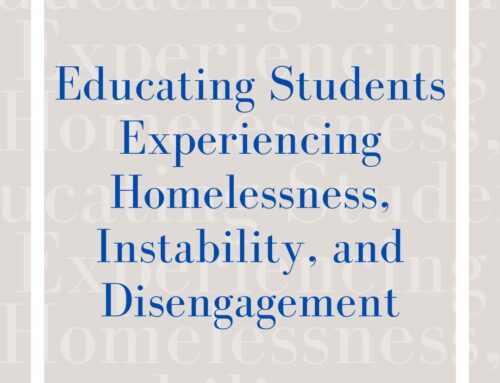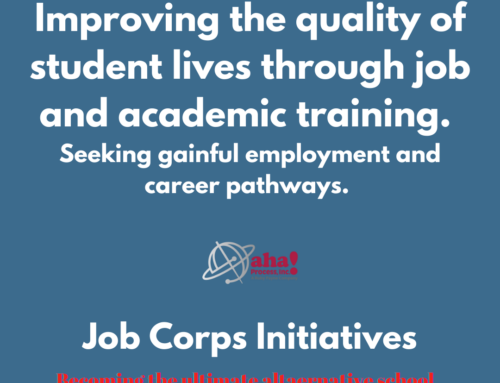I have just returned from a conference where the main topic discussed was what it means to be tech savvy in higher education environments, both for students and professors. As I found the conversation very interesting, I noticed there were no “digital natives” in the audience. (A digital native is someone who’s grown up immersed in technology.) If we really want to know the answer to that question, we should invite digital natives to the table. Their concept of being tech savvy and our concept could be quite different. So, that being said, I took it upon myself to see if I could find out how digital natives would describe tech savvy and how that would change the face of college classrooms.
Digital natives want cutting edge software that allows them to do what they want, when they want, without restrictions. They want to be able to adapt and configure an already established program to benefit them daily.
They want software and hardware that gives them the power to do what they need to do faster than outmoded methods of gathering information allow. An example would be digital research from home versus traveling to a well-stocked library.
I think these responses give us two themes of what students consider tech savvy: Technology, rather than being thought of as something confined to computers and the Internet, includes any electronically based application or equipment used to access information or communicate; the ability to customize is also critical to their definition of tech savvy in the modern environment.
In discussing what that tech savvy learning environment would look like, this is what I found:
-
First on the list was the experience and expertise of the professor. Digital natives still view expert faculty members who are committed to teaching as the key ingredients for learning success.
-
The second priority in a successful learning environment is the professor’s ability to customize the class using current technology. Digital natives have high expectations for faculty to stay current on software and hardware applications in engaging them.
-
Third was the professor’s ability to communicate thoughts and ideas using effective technology tools. It was noted that most faculty used PowerPoint, but digital natives see that as “old technology” and are looking for much richer media delivery, such as virtual 3D simulations.
Digital natives’ expectations regarding technology customization in the classroom are closely tied to professors’ knowledge and skill. It seems the students want to see a balanced use of technology in the learning environment. In the research I found the most popular combination for a successful learning environment is one in which faculty spend 50% of the time sharing their knowledge and expertise and 50% of the time in interactive, engaging environments.
Digital natives define technology broadly. It is not just computers and the Internet, but what digital devices and applications can help them meet their needs. A strong message that came from digital natives is that the definition of being tech savvy is customization, or the ability to adapt technology to meet the individual needs of the user, rather than vice versa.
Next time you want to know about being tech savvy, ask a digital native!








